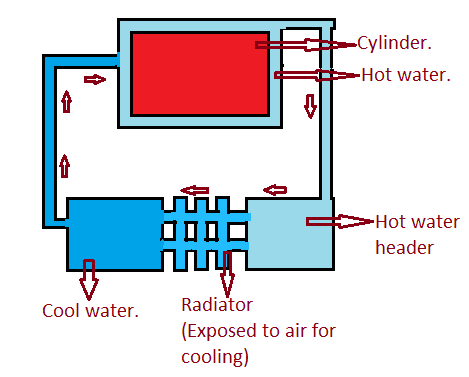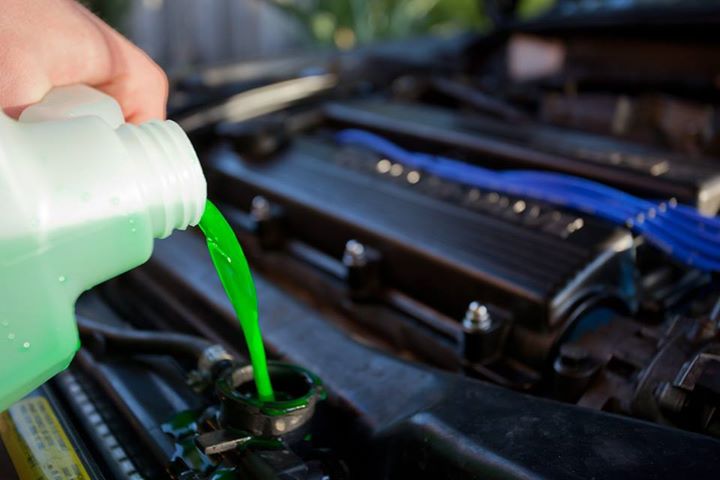What is a Machine?
A machine is a dynamic mechanical system that is used to transmit or transform mechanical energy. It consists of interconnected elements such as gears, cams, levers, and pulleys, and it is designed to transmit or transform mechanical energy through the application of forces and movements. Machines can be either simple or complex, and they can be found in a variety of applications, including motors, pumps, generators, and other machines.
What is a Mechanism?
A mechanism is a combination of interconnected kinematic links that are used to transmit motion or force within a mechanical system. It consists of a series of interconnected links that form a closed loop, with each link connected to at least one other link through a joint. The links in a mechanism can be either rigid or flexible, and the joints can be either lower pairs or higher pairs, depending on the type of motion that they allow. Mechanisms are used to transmit motion or force between different parts of a mechanical system and can be combined to form more complex mechanisms.
Difference between a Machine and a Mechanism
The main difference between a machine and a mechanism is the type of mechanical system they represent. A machine is a dynamic system that is used to transmit or transform mechanical energy, while a mechanism is a combination of interconnected kinematic links that are used to transmit motion or force within a mechanical system. Machines are typically designed to transmit or transform mechanical energy through the application of forces and movements, while mechanisms are designed to transmit motion or force between different parts of a mechanical system.
Tags: Machine, Mechanism, Machine Vs Mechanism, Difference between a Machine and a Mechanism


